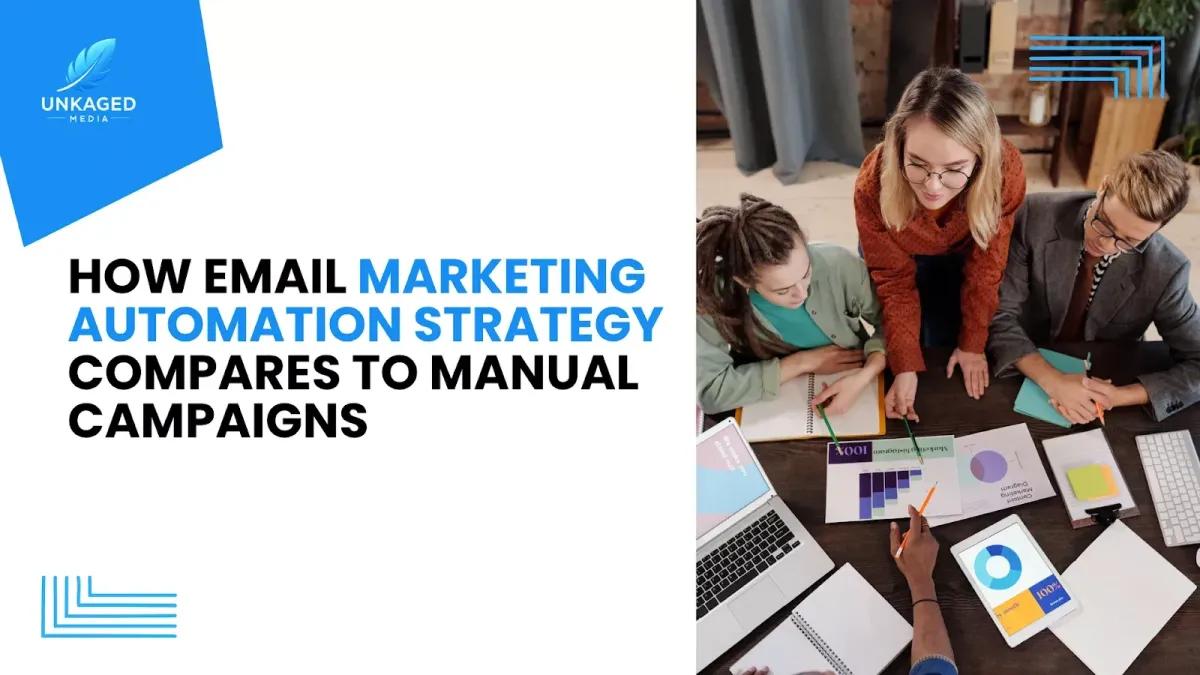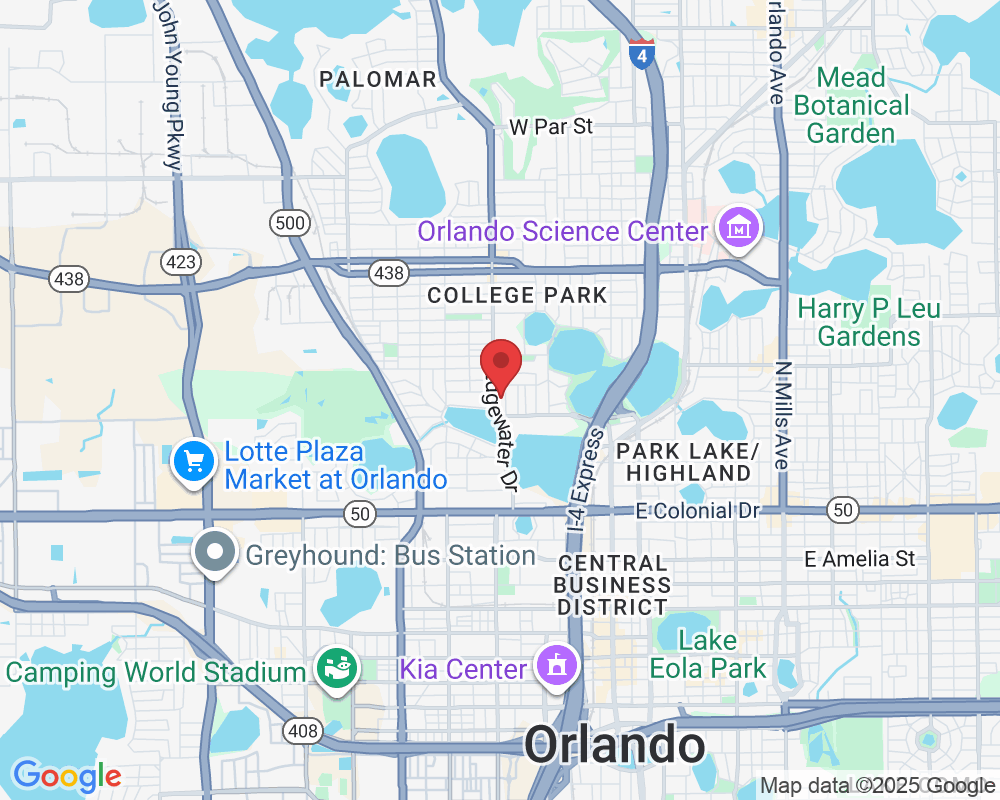
How Email Marketing Automation Strategy Compares to Manual Campaigns
Email is not dead. It’s smarter now. Businesses no longer need to send each email by hand. With the right email marketing automation strategy, they can send the right message at the right time without lifting a finger. Manual emails take time and often miss the mark. Automation helps businesses stay in touch, build trust, and increase sales. It works even when you’re not at your desk.
In this blog, we’ll explain what this strategy is, why it works better than manual methods, and how experts like automation agencies and strategists help. You’ll also learn what to include in your plan, how to improve results, and what to avoid. Let’s compare both methods and see which one helps your business grow faster and smarter, with less work.
What Is an Email Marketing Automation Strategy?
An email marketing automation strategy is a plan that helps you send emails to the right people at the right time automatically. You set it once, and it runs in the background. The goal is to stay in touch with your audience without doing everything yourself. It’s not just about sending emails. It’s about sending useful emails that your customers care about.
You can send welcome messages, order updates, reminders, or offers, all based on what people do. For example, if someone visits your pricing page, you can send a helpful follow-up email. Automation tools also let you group your audience by interest or behavior. This helps you send messages that match what each group wants. In short, this strategy helps you save time, work smart, and keep your audience engaged without writing every message manually.
Key Benefits of Email Marketing Automation
Improved Efficiency and Time Savings
An email marketing automation strategy reduces manual work. You can pre-schedule emails, set up auto-replies, and run campaigns without daily effort. It saves time and lowers errors. Teams can focus on strategy instead of routine tasks. This makes email outreach faster and easier, helping you stay consistent without burning out or falling behind on follow-ups.
Increased Customer Engagement
Automated emails feel personal. They’re based on user actions like sign-ups or clicks. This makes each message more relevant. People pay more attention when emails reflect their behavior or interests. Engaged readers are more likely to open, read, and respond. That connection builds trust, keeps your brand top-of-mind, and encourages loyal interactions.
Better ROI and Conversion Rates
When emails are well-timed and relevant, people act. Automation helps reach the right person with the right message. This boosts open rates, clicks, and sales. Because it’s efficient, you spend less and earn more. Better targeting leads to better outcomes, which means your budget works harder and your results improve over time.
How an Automated Marketing Agency Supports Your Strategy
An automated marketing agency helps businesses build and manage their email strategy. They use the right tools and knowledge to keep campaigns running smoothly and effectively.
Expert Campaign Management: These agencies handle planning, testing, and sending emails with care and speed, helping you avoid common mistakes.
Customized Strategy Development: They adjust the plan to your business needs, making sure every email fits your audience and goals.
Technology and Tools Expertise: Their team knows which platforms work best, helping you get the most out of your software and time.
Performance Tracking and Reporting: Agencies track how well your emails are doing and tell you what’s working and what needs fixing.
Essential Components of a Successful Strategy
Audience Segmentation for Targeted Messaging
Not all subscribers want the same thing. Segmenting your audience based on behavior, interests, or location helps you send more relevant emails. When readers get content they actually care about, open rates improve. Segmented campaigns are more effective because they speak directly to what the user wants, boosting trust and action.
Creating Relevant and Engaging Content
Your content should feel helpful, not pushy. Give readers something useful, like a tip, offer, or update. Use simple words and short sentences. Stick to one goal per email. Good content gets read, clicked, and remembered. If it’s confusing or boring, people unsubscribe. Clear content leads to better results every time.
Setting Up Trigger-Based Email Workflows
Triggers are actions like clicking a link, signing up, or abandoning a cart. These events can start automated email chains. Each message fits the moment, making it feel personal. It saves time and keeps leads warm. Trigger-based workflows help you respond faster and build stronger relationships without doing everything by hand.
Choosing the Right Marketing Automation Strategist

A good marketing automation strategist helps make your email system work better. They don’t just build the setup; they improve how it runs. Look for someone with real experience in your industry. They should understand your audience and business goals. A strong strategist knows what works, what doesn’t, and how to fix problems fast.
They help you plan smart campaigns, test messages, and adjust timing. They make sure your emails go to the right people. Their job is to keep everything simple and focused. When hiring, ask for case studies or past results. Clear communication is key.
They should explain things without buzzwords. A strategist should make your email marketing automation strategy easier, not harder. In short, a smart strategist brings order, saves time, and helps your email automation bring better results without stress.
Sales Automation Agency’s Role in Driving Revenue
A sales automation agency helps turn leads into customers. Their job is to connect sales and marketing, so your systems work together. This makes your email strategy stronger and helps close more deals.
Lead Scoring and Qualification: Agencies use simple rules to sort leads based on interest and action. This helps sales teams focus only on people who are ready to buy.
Integrating CRM with Email Automation: They connect customer data with email tools. This lets you track where each lead is and send emails that match their stage in the sales process.
Automated Follow-Ups: Missed follow-ups lose sales. Agencies set automatic replies after a lead acts. This keeps interest high and helps move deals forward without delay.
Sales Performance Analytics: Agencies track replies, clicks, and deals. They show what’s working and what’s not and suggest ways to improve your sales process over time.
Best Practices to Maximize Your Strategy’s Impact
Regular A/B Testing and Optimization
Test your emails often. Try changing subject lines, images, buttons, or send times. Always test one thing at a time. This helps you see what works best. Keep what performs well and drop what doesn’t. A/B testing keeps your email campaigns fresh, improves engagement, and gives you clear proof of what your audience prefers.
Ensuring GDPR and CAN-SPAM Compliance
To run a legal and ethical email marketing automation strategy, you must follow privacy rules. Always get consent, add unsubscribe links, and never use misleading subject lines. Good compliance builds trust. It also keeps your campaigns running smoothly. Staying legal helps avoid fines and ensures your emails reach inboxes, not the spam folder.
Monitoring Engagement Metrics and Feedback
Keep an eye on open rates, click-throughs, unsubscribes, and replies. These metrics show how well your emails are working. Low numbers may signal a problem. Also, read the direct feedback if users reply. Adjust based on what you learn. Regular tracking helps you send better emails that match what your audience wants and expects from your brand.
Before You Go
An email marketing automation strategy saves time and gets better results. You connect with the right people, share useful info, and grow your business without doing everything manually. Start with a simple setup and improve as you go. With smart planning and the right help, automation becomes a tool that works while you don’t.
Don’t waste time on manual tasks. Let UnKAGEd Media create an email system that drives results 24/7. Book a free consultation today.
Frequently Asked Questions
1. What is an email marketing automation strategy?
It’s a system that sends emails based on user actions, like sign-ups, clicks, or purchases. You set it up once, and it runs on its own to save time and boost results.
2. How do I start building an email automation strategy?
Start small. Choose one email type, like a welcome series. Pick a tool, write your messages, and set rules for when they send. Review results and adjust as needed.
3. Is it better to use a strategist or an agency?
Both can help. A strategist gives one-on-one guidance. An agency offers full support with tools, content, and data tracking. Choose based on your budget and team size.
4. How often should I update my automated emails?
Review them every 3–6 months. Check engagement data. If open rates or clicks drop, update your subject lines, offers, or message timing to keep results strong.
5. Can automation hurt my email list?
Only if used wrong. Sending too often or without permission can annoy readers. Follow best practices, test your content, and always offer an easy way to unsubscribe.


